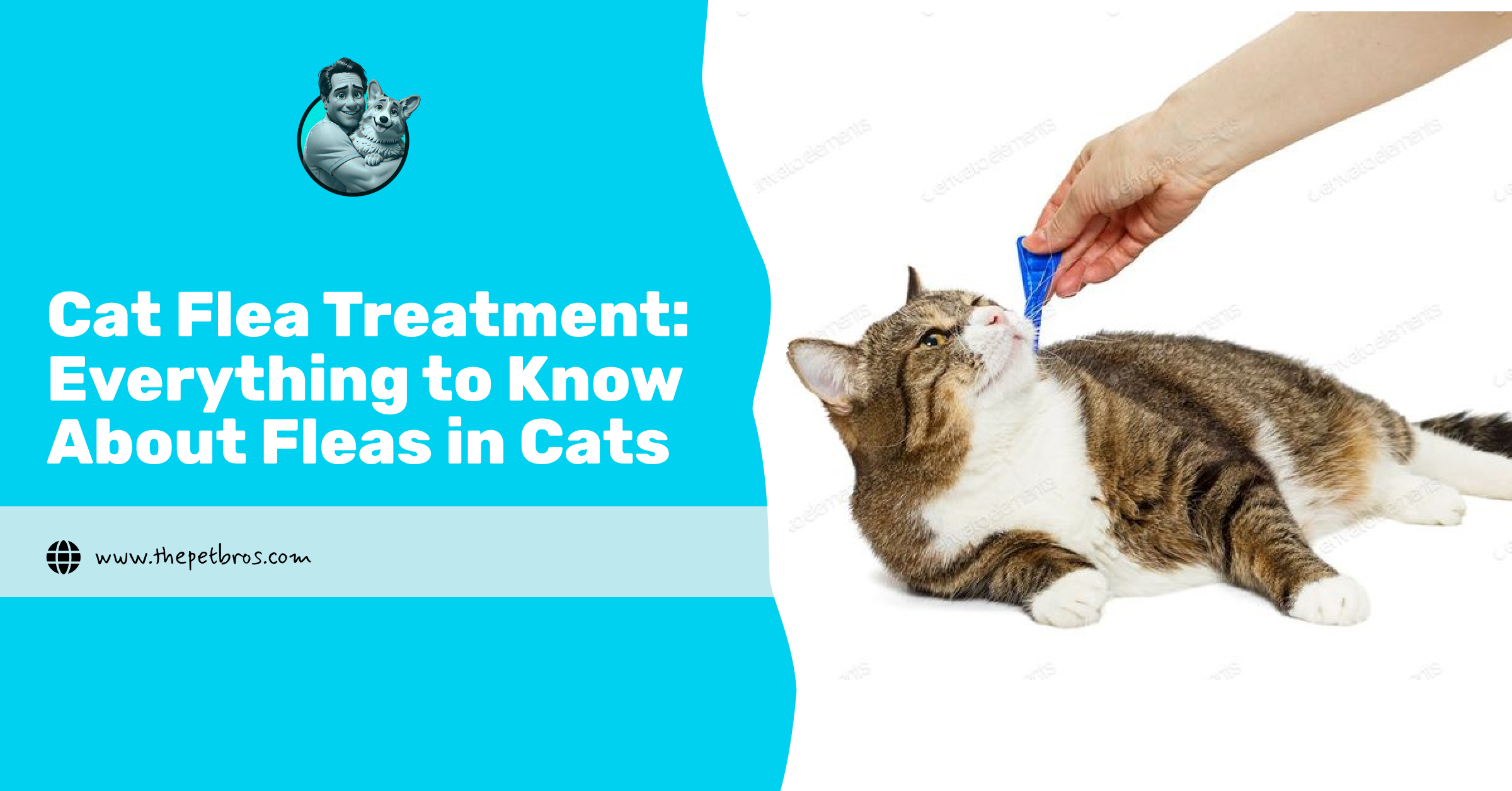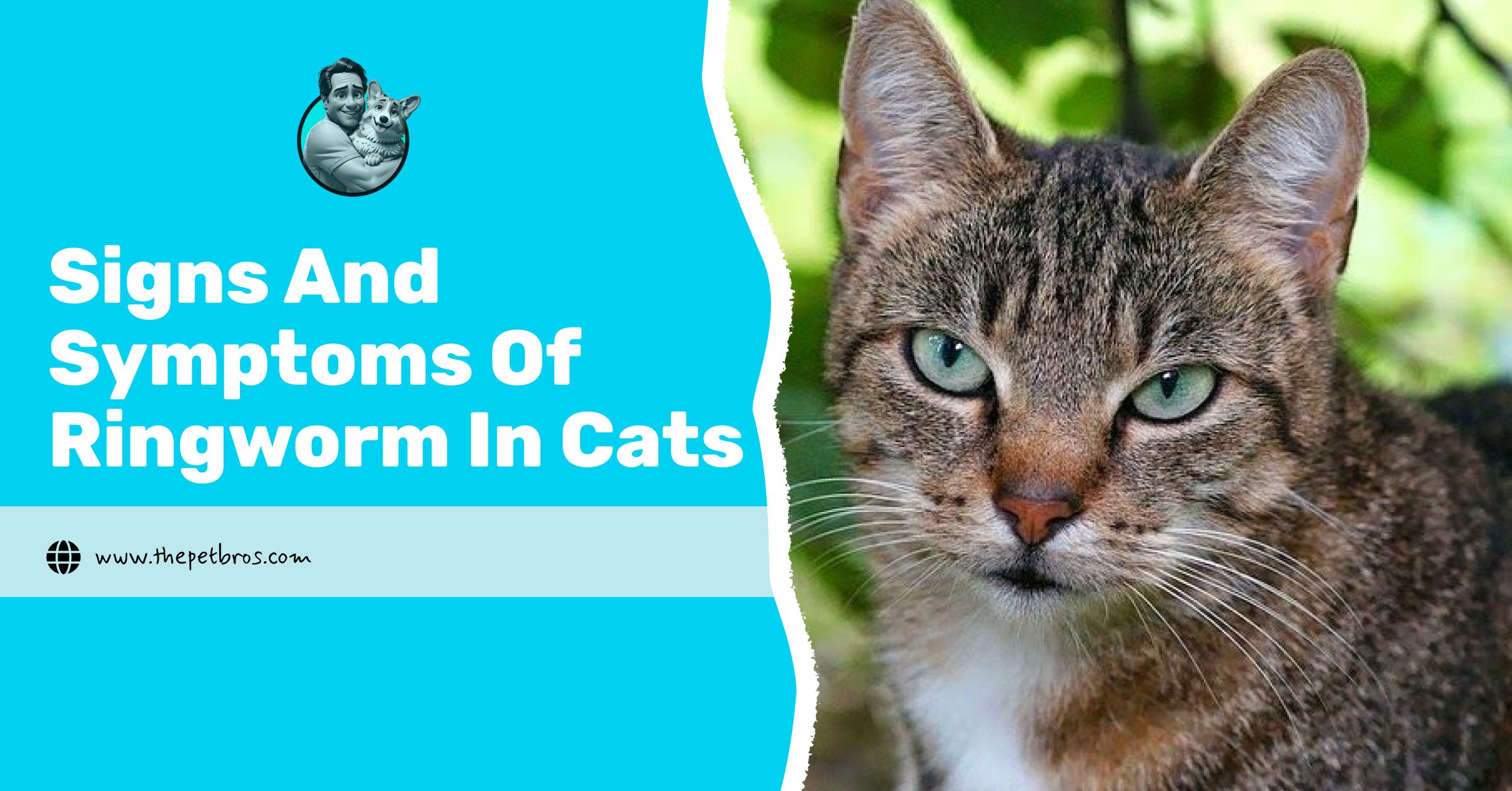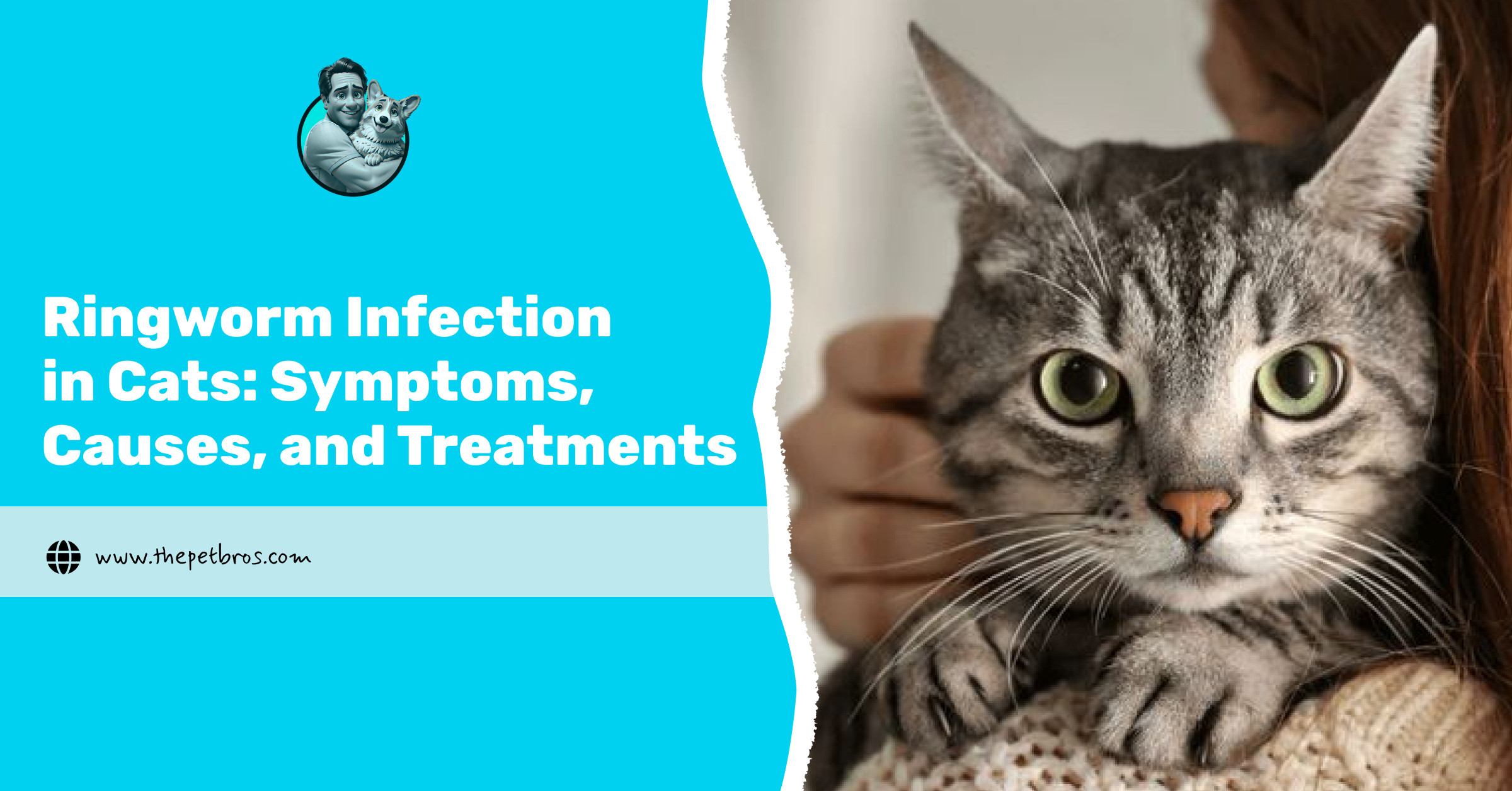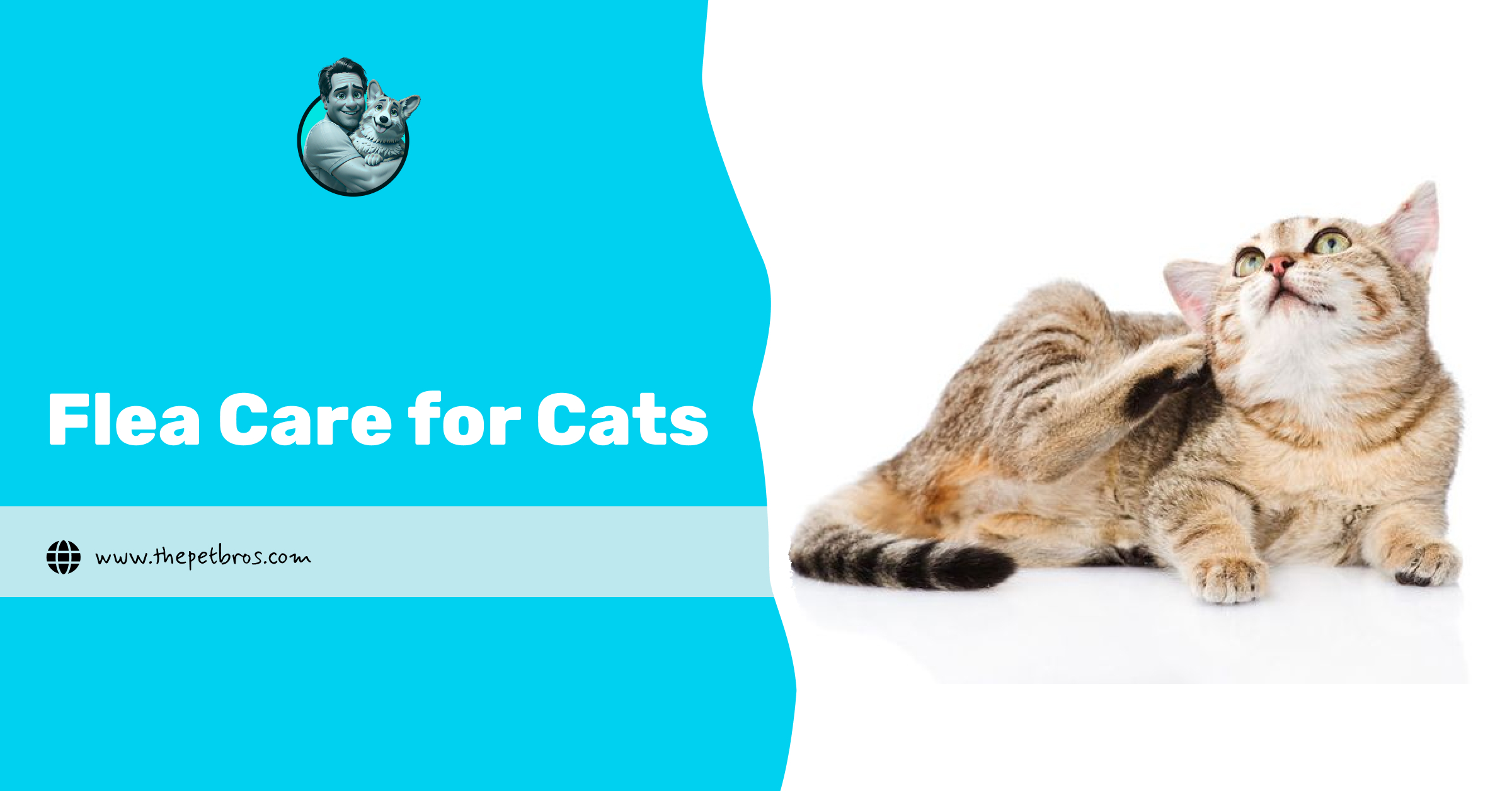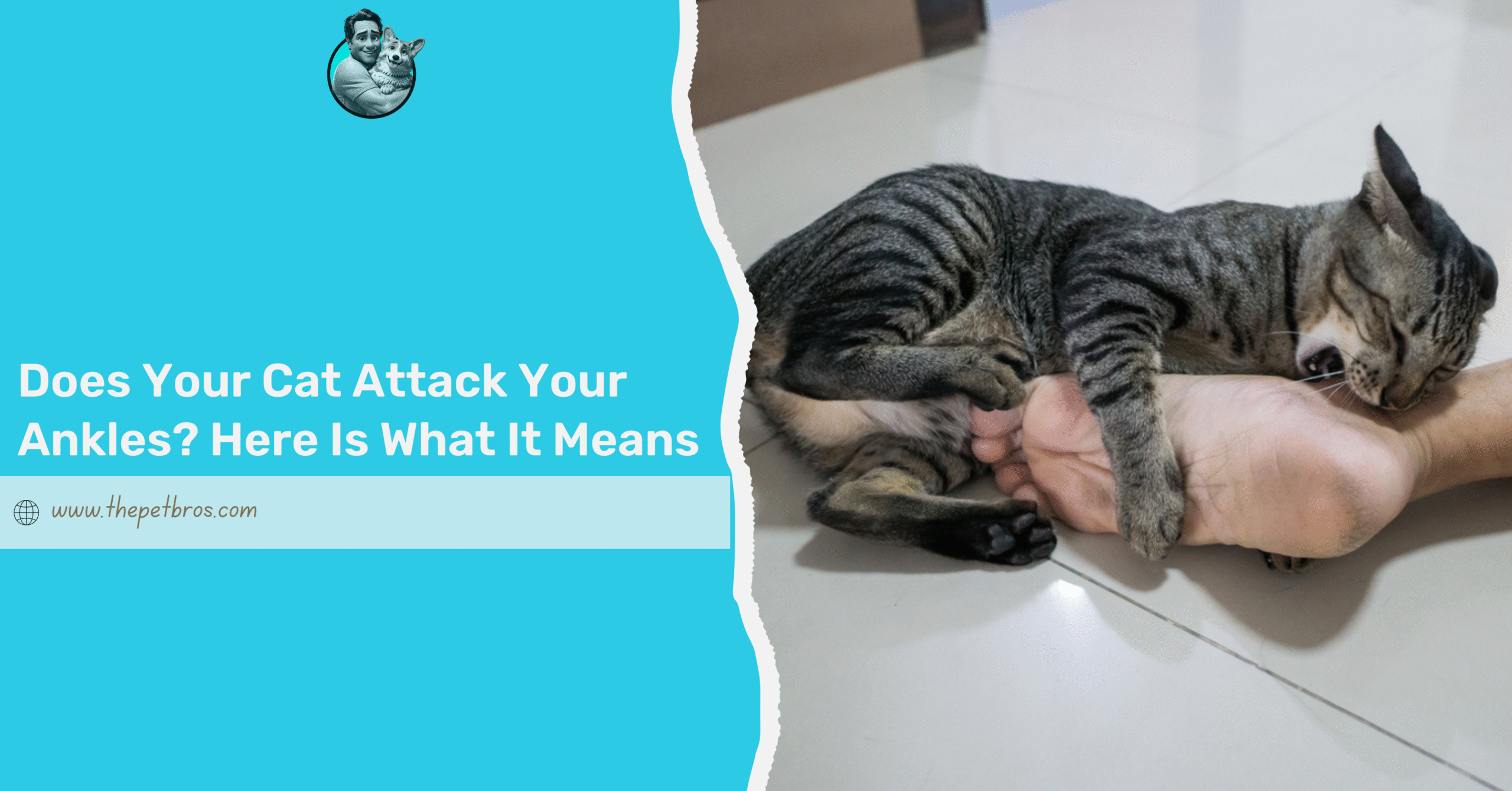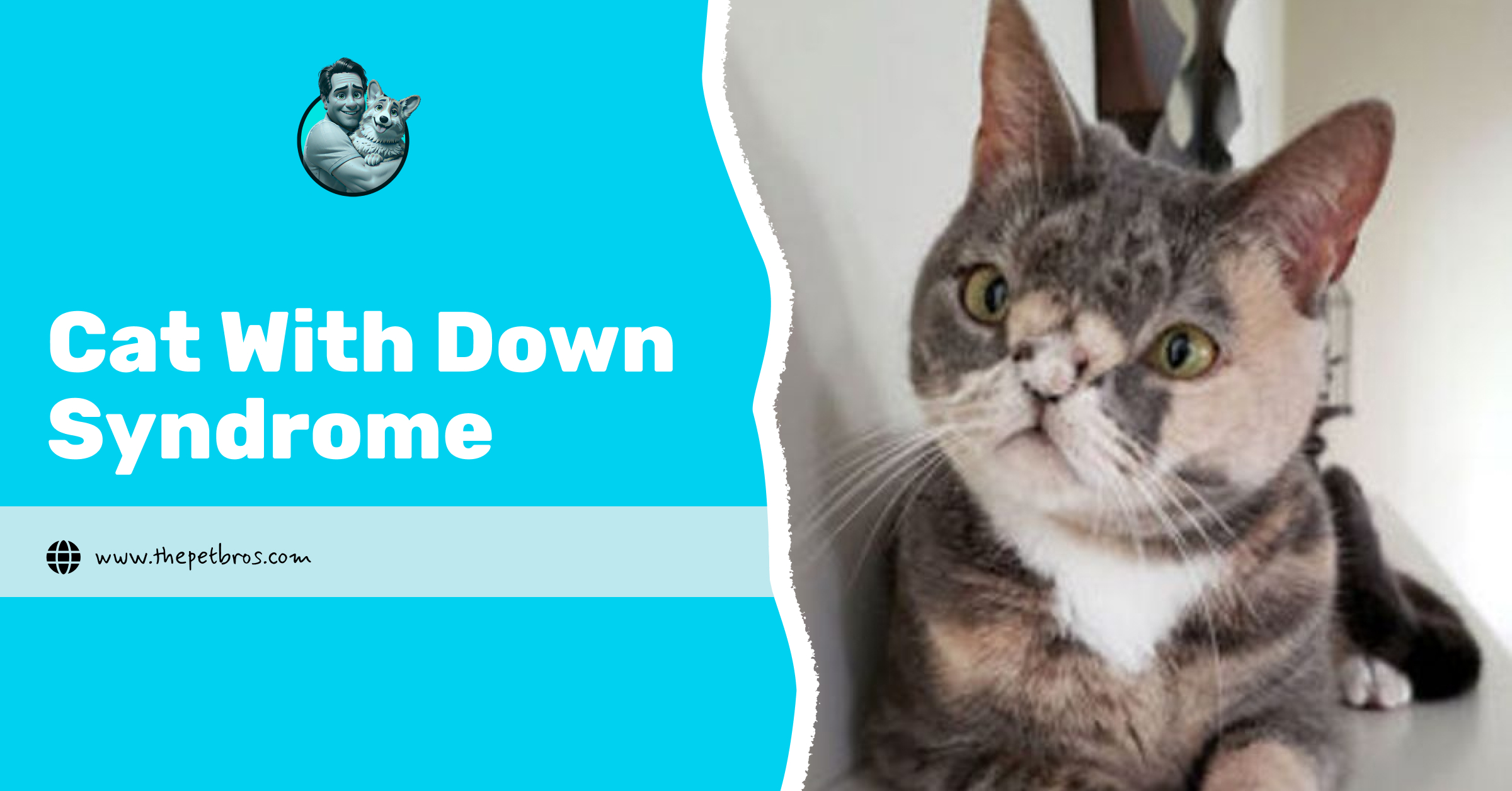Fleas are tiny, but their impact on your cat’s comfort and health can be huge. A single flea bite can trigger itching, allergies, and even anaemia in severe cases. If you’ve ever wondered how to choose the right cat flea treatment, you’re not alone. With so many products and options on the market, understanding what works and what’s safe for your feline friend can feel overwhelming.
The good news is that you don’t have to guess. Flea treatment for cats has come a long way, offering safe, effective ways to prevent and eliminate infestations. This guide breaks down everything you need to protect your cat and your home from these pesky parasites, including spot-on solutions, oral tablets, and natural prevention tips.
Why Cat Flea Treatment Matters
Fleas might be tiny, but they can cause big trouble for your cat. Even a single bite can lead to intense itching, skin irritation, or flea allergy dermatitis, a common condition where cats develop allergic reactions to flea saliva. If your cat is scratching excessively or losing patches of fur, your vet may recommend an allergy test to confirm whether fleas are the culprit.
Beyond the itch, fleas can also carry serious diseases, such as tapeworms and Bartonella (cat-scratch disease), which affect both cats and humans. And don’t be fooled into thinking indoor cats are safe; fleas can hitch a ride on clothing, shoes, or visiting pets.
That’s why year-round flea prevention is essential. Treating only during the summer isn’t enough; fleas can thrive indoors all year round.
4 Common Types of Flea Treatment for Cats
1. Spot-On Treatments
Spot-on solutions are one of the most effective and convenient cat flea treatment options. Applied directly to the skin, they’re absorbed through the natural oils on your cat’s coat, killing fleas on contact and often repelling new ones before they bite. They’re ideal for cats that aren’t fans of tablets and can offer quick relief when used properly.
How spot-on treatments help:
- Kill adult fleas and prevent re-infestation for up to a month.
- Some formulas also target eggs and larvae, stopping the flea life cycle.
- Easy to apply, just part the fur at the base of the neck and squeeze the liquid onto the skin.
- Available in vet-prescribed and over-the-counter options for all ages and sizes.
Always follow your vet’s instructions and dosage guide, especially if your cat has allergies or sensitive skin. Missing applications or mixing treatments can reduce effectiveness and cause irritation.
2. Oral Flea Tablets
If your cat isn’t a fan of topical treatments, oral tablets are another powerful cat flea treatment option. They work from the inside out. Once ingested, the active ingredients circulate through your cat’s bloodstream and kill fleas when they bite.
Why oral flea tablets work well as a flea treatment for cats:
- Some tablets act within hours, offering fast relief from itching and irritation.
- They’re mess-free, no residue, no waiting for the fur to dry.
- Ideal for multi-pet homes, as there’s no risk of other pets licking the medication.
- Great for cats with sensitive skin or reactions to spot-on treatments.
While they’re highly effective, oral tablets must be given exactly as directed and usually require a prescription. Your vet can help you choose the right type and dosage based on your cat’s age and weight.
3. Flea Collars
Flea collars are another convenient cat flea treatment that provides long-lasting protection without daily effort. These collars slowly release active ingredients that spread across your cat’s fur and skin, killing and repelling fleas for months at a time.
Why flea collars a good cat flea treatment choice:
- Offer continuous protection; some last up to 8 months.
- Great for outdoor cats who are more exposed to fleas.
- Lightweight and easy to use, they just fit snugly, but not too tightly.
- Many modern collars are odourless and water-resistant.
However, flea collars vary in strength and formula, so always check with your vet before choosing one, especially for kittens or cats with skin sensitivities.
4. Sprays and Powders
Sprays and powders are the more traditional forms of cat flea treatment, but they’re still effective when used correctly, especially for treating the cat’s environment as well as their coat. They work by killing adult fleas and larvae on contact and can be used alongside other treatments for added protection.
How to sprays and powders safely on your cat:
- Lightly mist or sprinkle the product over your cat’s fur, avoiding their face and eyes.
- Use pet-safe versions only, never household insect sprays.
- Always ventilate the room and wash your hands after application.
- Some powders can also be used on bedding or carpets to tackle hidden fleas.
Because sprays and powders don’t usually last as long as other treatments, they’re best for short-term use or as part of a larger flea control routine.
How to Choose the Right Cat Flea Treatment
| Factor | What to Consider | Why It Matters |
|---|---|---|
| Age and Weight | Always choose a flea product that matches your cat’s age and weight range. | Incorrect dosing can make the treatment ineffective or even harmful. |
| Health Condition | Cats with allergies, asthma, or sensitive skin may react differently to specific treatments. | A vet can recommend hypoallergenic or gentle options. |
| Product Type | Prescription treatments are often stronger and longer-lasting; over-the-counter ones are milder but useful for prevention. | Helps you match the treatment strength to your cat’s needs. |
| Dog vs Cat Products | Never use dog flea treatments on cats, as many contain permethrin, which is toxic to cats. | Prevents poisoning or severe skin reactions. |
| Vet Consultation | Discuss your cat’s routine, environment, and health history before choosing a product. | Ensures safe, consistent protection all year round |
How to Apply and Maintain Flea Treatment for Cats
Applying flea treatment for cats correctly is just as crucial as choosing the right product. Even the most effective formula won’t work if it’s not used consistently or adequately. Always start by reading the label carefully and ensuring your cat’s skin is clean and dry before application.
For spot-on treatments, part your cat’s fur between the shoulder blades and apply the liquid directly to the skin, not the fur. Avoid touching the area until it’s dry, and keep your cat from grooming it for 24 hours to prevent ingestion.
If your vet recommends oral tablets, follow their dosage guide precisely. For fussy cats, try hiding the pill in a small treat or using a pill pocket. With flea collars, ensure they fit snugly but not too tightly, leaving room for two fingers between the collar and your cat’s neck.
Most cat flea treatments last about a month, so set reminders to reapply or redose on time. Watch for irritation, redness, or excessive scratching, which may indicate an allergic reaction. If that happens, remove the product and contact your vet immediately.
How to Control Flea Outbreak in Your Home and Environment
Treating your pet alone isn’t enough; fleas can hide in carpets, bedding, and even between floorboards. Around 95% of a flea’s life cycle actually happens off your cat, so tackling the environment is just as important as treating your furry friend.
Start with a deep clean: vacuum your floors, rugs, and furniture daily during an outbreak. Pay close attention to places your cat loves to nap, yes, even that one sunny spot they guard like treasure. Wash all bedding (yours and theirs) in hot water, and use pet-safe sprays or powders to eliminate any hidden larvae or eggs.
If your cat doesn’t stop meowing for attention, it could be a sign they’re uncomfortable or itchy from fleas. They might just be seeking comfort or reassurance, especially after treatment.
Regular cleaning, combined with consistent use of cat flea treatments, breaks the flea life cycle and prevents reinfestation, keeping your cat relaxed, your home fresh, and those unwanted guests gone for good.
Conclusion
Keeping fleas away is all about consistency: treat your cat, clean your home, and stay on top of prevention year-round. With the right cat flea treatment and regular grooming, your feline stays happy, itch-free, and ready for cuddles instead of scratches.
Cat Flea Treatment FAQs
What kills fleas on cats immediately?
Fast-acting oral medications like Capstar can kill adult fleas within 24 hours.
Can fleas live in bedding?
Yes. Fleas and their eggs can survive in bedding, carpets, and soft furniture, so washing and vacuuming regularly is essential.
Will my house be infested if my cat has fleas?
Without prompt treatment, fleas can spread quickly. Clean the home and treat your cat immediately to avoid infestation.
Can humans get fleas from cats?
Fleas can bite humans, but they can’t live or reproduce on people. Still, infestations can cause discomfort.
How do I draw fleas off my cat?
Use flea combs to remove visible fleas and bathe your cat with vet-approved flea shampoo, followed by treatment to kill remaining fleas.






